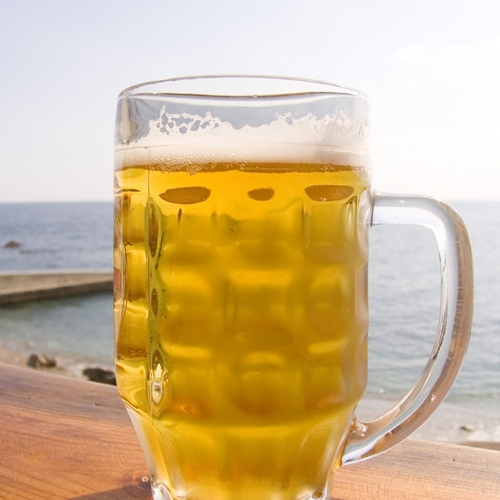
Even those culinary school students who are familiar with the delicious summer drink often are blinded by the popular success of Leinenkugel’s own take on it. But that ubiquitous producer isn’t the only one making shandy once the warmer months roll around. To get a better idea of what a shandy is, and why it should be a summer staple in your fridge, we must go back to its roots[separate these two parts into two sentences] where all the great brewing traditions began: Germany.
A beer for bicyclists
Shandy has its roots in a style of beer known as radler. That name derives from the German word for “cyclist” and the legend has it that it first came about in an effort to satiate the thirsts of a particularly large group of cyclists touring one of Germany’s many scenic backroads. Upon stopping off at a pub and ordering a round of beer (because in Germany, even the athletes drink beer) the bartender began to worry that his stock wouldn’t last. Never one to forgo sales, the intrepid businessman began cutting his stock with lemonade or soda water. The result was so undeniably tasty that it became the unofficial official drink of German cyclists.
English takeover
From there, the tradition of mixing beer with lighter, non-alcoholic beverages began to spread through Europe. By the time it reached England, beer was being mixed with everything from soda water to ginger beer and everything in between. As such, there are plenty of regional variations on the drink and you will be hard pressed to find a single, all-encompassing, definition.
That being said, it seems the word “shandy” itself is of particular English origin. An abbreviation of its first title, “shandygaff,” the drink quickly became a standard in English pubs. It spawned an entire mixing-beer-with-other-stuff tradition in England that resulted in such iconic drinks as the snakebite, the dog’s nose and the half-half.
Try it yourself
Next time you find yourself on a patio in the hot summer sun, consider mixing yourself up a pitcher of your very own shandy. Experiment with different beers and mixers until you land on a recipe that is entirely your own. Ginger beer and lemonade are the most common mixers (and for good reason) but there is a world of soft drinks out there that are begging to get mixed up with a can of your favorite brew. Go wild, and once you have stumbled upon the perfect drink, invite all your friends over to show off. But remember, a shandy man never reveals his secrets.

